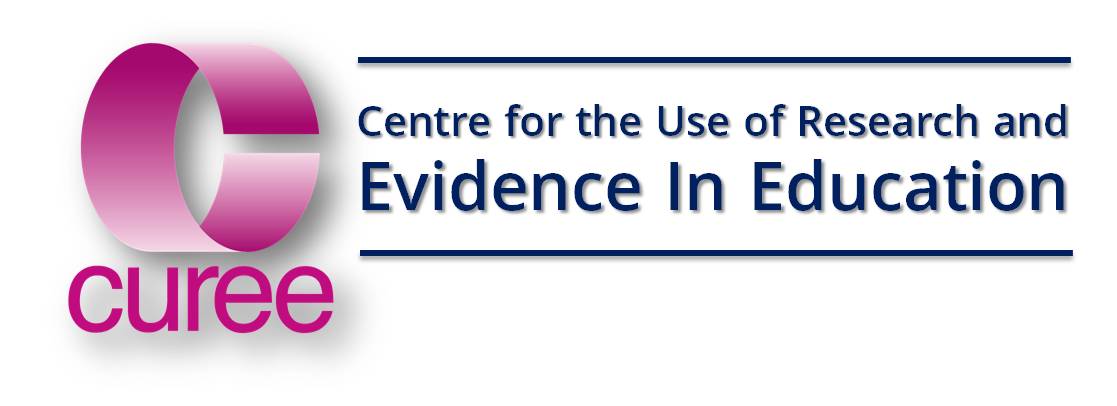The Evidence People
Report
QCDA Building the Evidence Base Review of Individual Studies from Systematic Research Reviews
CUREE’s first foray into mapping evidence relevant to QCA’s new and wide ranging curriculum framework took the form of a map of existing reviews of research . The results have enabled us to start to identify:
• the range and types of curriculum related research
• significant gaps in the research base
• emerging trends in research findings
63 research reviews were included in the map. Three main types of review were identified which were classified as • systematic – ie using a comprehensive search strategy, transparent inclusion criteria and a rigorous weighting of the evidence from which to synthesise across the studies• interpretive – ie using expert knowledge to identify studies, without a rigorous and transparent weighting of the evidence but with a synthesis• descriptive – ie an account of the research and the relative weight of evidence but with no synthesis
The overall findings from the review of reviews represented syntheses of research in several key areas whilst at the same time pointing to significant gaps in the evidence base.
QCDA Building the Evidence Base Bruner Activity Protocol
This discussion activity is designed to engage practitioners with stimulating ideas and evidence about curriculum innovation and to help them spot the connections with their own context and learning needs.
The activity stimulates lively and structured dialogue about how pupils experience the curriculum and how schools can build such experiences into a cumulative whole. Exploring the evidence in depth and in the context of their own and others’ practice will provide a stepping-stone to enable them to use theory and research to help them think more broadly and deeply about the curriculum and to plan further development.
QCDA Building the Evidence Base Bruner Summary
Sometimes, when we encounter a change in teaching, such as a change of policy or a new strategy from CPD, we may be tempted to think we are simply returning full circle to ways we used to do things. But the experiences gained in the intervening years are a valuable part of the process of change. Working from a new starting point helps us to move earlier thinking further along. This is not just a case of recycling. Revisiting the ideas Jerome Bruner put forward about the curriculum nearly half a century ago demonstrates this well. They take on a new meaning when we consider them alongside recent developments such as assessment for learning and thinking skills.
Communicating with teachers about research
A concept map showing the national initiatives for communicating with teachers about research
Continuing Professional Development: Key Themes and Strategies
CUREE was commissioned by GTC to undertake a qualitative exploration of the strategic planning and evaluation of continuing professional development (CPD) at school level.
In commissioning this study the GTC wanted to explore how and by whom decisions are made in schools about CPD needs and priorities, and subsequent resource allocation and evaluation; and to what extent this appears to be a strategic or an ad hoc decision-making process. As a result of this, GTC hoped to identify a menu of options and levers for improving the ‘demand side’ of CPD provision, particularly in its strategic planning and evaluation at school level.
Protocol: What do teacher impact data tell us about collaborative CPD?
EPPI-Centre 3rd Review: Protocol by the CPD Review Group.
The impact of collaborative CPD on classroom teaching and learning.
In: Research Evidence in Education Library.
London: EPPI-Centre, Social Science Research Unit, Institute of Education.
